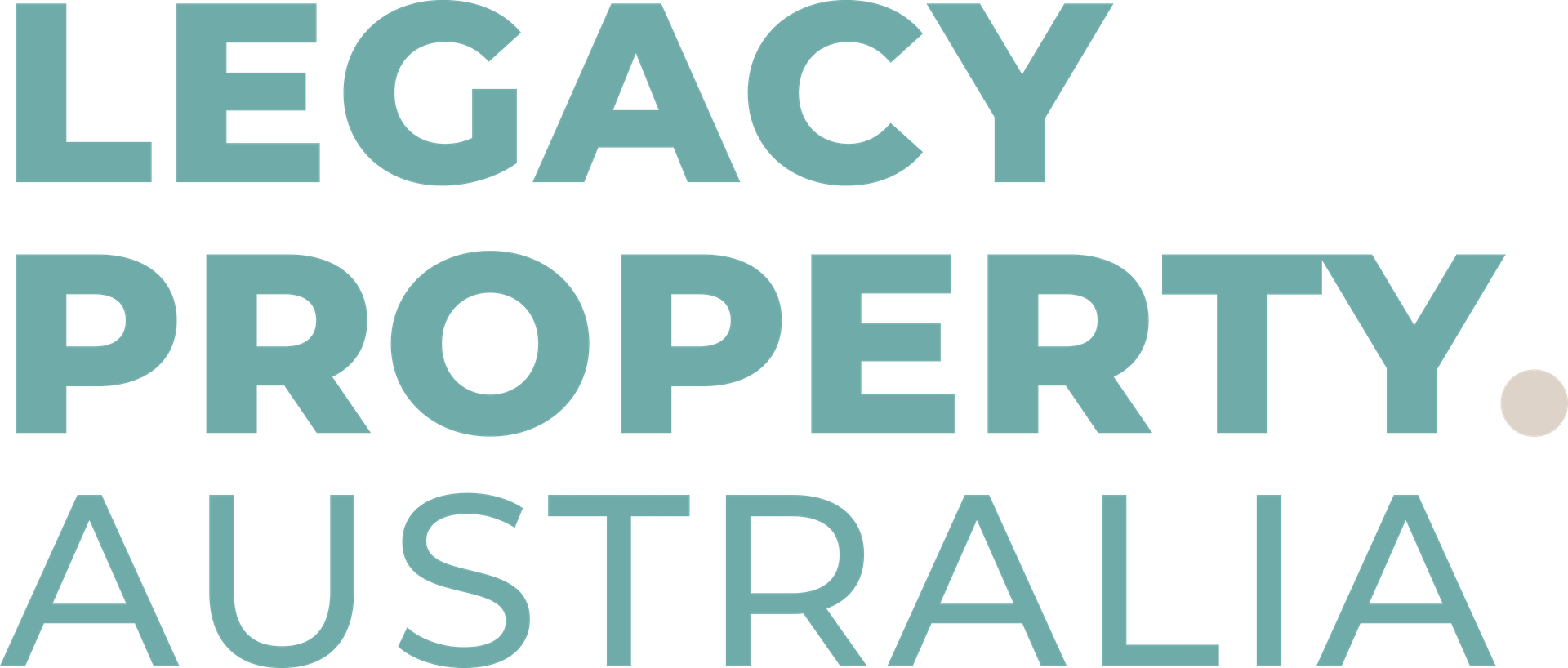The 2025 Australian Federal election is now over, earlier this month, we saw the Labor government secure another term in office with a convincing win.
But what does this mean for the Australian property market?
The Albanese Labor Government is making the biggest investment in new social and affordable housing in more than a decade. They have introduced several policy changes that are influencing the property market.
BUT IS IT ENOUGH?
The $10 billion Housing Australia Future Fund would deliver funding to build 30,000 affordable homes within its first five years – including:
- 20,000 new social housing homes – 4,000 of which would be allocated to women fleeing domestic violence, and older women at risk of homelessness.
- 10,000 affordable rentals for frontline workers like police, nurses and cleaners who kept us safe during the pandemic.
- $200 million to repair, maintain and improve remote Indigenous housing.
- $100 million for crisis and transitional housing for women and children leaving or experiencing domestic and family violence, as well as older women on low incomes who are at risk of homelessness; and
- $30 million to build housing and fund specialist services for veterans experiencing homelessness or at risk of homelessness.
Also, here’s an overview of further key developments and their potential impacts:
- The Labor government has implemented a ban on foreign buyers purchasing existing residential properties. Given Australia’s current housing shortage and increasing prices, this policy aims to reduce the competition for property and give priority to Australian residents.
- There is a commitment to make a significant investment to the tune of $10bn building 100,000 new homes across the country for First Home Buyers. The plan includes measures to help first-home buyers with a 5% deposit to avoid lenders’ mortgage insurance, which adds about $23,000 on average to a first-home buyer’s mortgage.
The Labor Government’s Plan
Labor’s plan would still leave Australia significantly short of its aspirational target of building 1.2m new homes by 2029, outlined in the National Housing Accord.
- Help to Buy Scheme expansion – broader eligibility for a program where the government co-purchases up to 40% of a home, with the buyer able to repurchase the government’s share later.
The Australia Property Market
So how has the property market been affected since the announcement of the election?
Historically, federal elections can introduce short-term uncertainty in the property market…. while people wait for clarity on any big policy changes. This time around, it was different, Buyer activity was still really strong. This election didn’t seem to have the same ‘softening’ impact we have seen in the past and as a result, Australia’s real estate market was surprisingly resilient. According to the latest data from Cotality (formerly CoreLogic), Australian dwelling values rose by 0.3% in April to $825,349, marking the third consecutive month of growth and setting a new national record high for home values.
Looking Ahead…
The Labor government’s policies are not expected to have any real short-term benefit to the Australian property market, particularly in terms of affordability and availability. This is a longer-term game and also a political statement that they are seen to be trying to support getting more people into the housing market. While immediate effects may be limited, the focus on increasing housing supply and supporting first-time buyers could lead to more balanced market conditions in the future.
Now the election is run and won, what shifts are we likely to see in the property industry over the duration of 2025?
The next big date in the calendar is the 20th of May when the Reserve Bank of Australia (RBA) meets to announce the next move of the official cash rate.
The Official Cash Rate
The cash rate is currently at 4.10 per cent after the RBA’s board made a 0.25 percentage point cut at its February meeting. All of our major banks are forecasting a further rate cut in May of 0.25 with NAB even predicting a will cut interest rates by 0.5 percentage points when its board next meets next week.
The National Australia Bank (NAB) forecasts further rate cuts in July, August and November this year and a further rate cut in February 2026, forecasting the official cash rate at 2.6 per cent by February next year.
If this is the case, this is a welcome relief and good news for Australians off the back of a long sustained period of inflationary pressure significantly impacting the cost of living.
However, rate cuts also come with long-term consequences. Whenever rates go down in this country, property prices always go up. So if NAB forecasts are true, I can assure you, property will definitely be more expensive in 2026, pending the location, prices might be 5% to 10% higher.
My advice to you would be, if you’re thinking about doing something within the next 12 months, do it now and take advantage of the upside coming, otherwise, you will have to pay more to enter the market.
Trent Cripps
Director – Property Strategy, Legacy Property Australia
–
Trent is our Director of Property Strategy and has been with Legacy Property Australia since the beginning. Skilled in market analysis and investment strategies with a keen eye for emerging trends, Trent excels in identifying outstanding opportunities that help our clients achieve their financial goals.
Related Posts
Be prepared for further changes to Queensland rental laws that will commence on 1st May 2025. Once these changes commence…
In the lead up to the announcement of the general election, the Albanese Government recently announced that a nationwide ban…
2025 is already off and racing, so before we get too far into the year let’s look back over how the…


